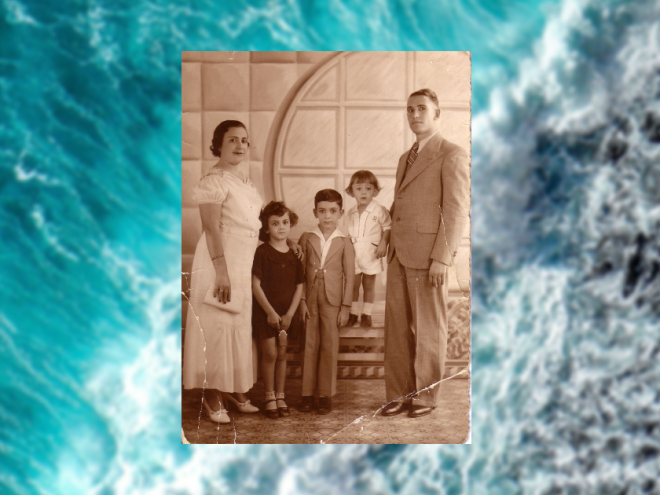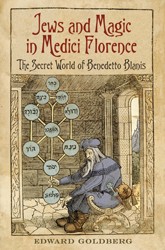The expulsion of Spain’s Jews by the Catholic monarchs in 1492 ended an era of Jewish history, but it also began a new one. Jews who refused conversion, or the dangerous option of continuing their religious life in secret, had to flee their homes. They established themselves in Turkey, Italy, North America, and other regions, bringing their language, Ladino (judeoespañol), and their rich and varied culture with them. In her new middle-grade novel, Ruth Behar traces the life stories of four different girls with roots in this expulsion.
In 1492, Benvenida and her family emigrate from Spain and settle first in Italy, then in Turkey. In 1923, Reina, a twelve-year-old girl who is part of Turkey’s long-established Jewish community, is sent to live in Cuba when she fails to conform to her community’s standards. The novel then touches on Cuban Jews’ experience and their lives as exiles in the United States, with stories set in 1961 and 2003. Reina’s daughter, Alegra, enthusiastically supports Castro’s revolution until she realizes its contradictions and its impact on her own life. And when Paloma, Alegra’s daughter, travels to Spain with her parents and grandmother, the history of Sephardic exile and renewal comes full circle.
Despite their unique personalities and historical circumstances, Benvenida, Reina, Alegra, and Paloma all share certain qualities. They are creative, introspective, determined, and deeply loyal to the Jewish traditions that’ve imbued their lives with meaning. Benvenida and Reina are affected by restrictive gender roles, yet they face these limitations with a courage that resounds throughout the stories of Alegra and Paloma. With access to a broader range of opportunities, the latter two characters are aware of their matrilineal legacy of strength and persistence.
Alegra, coming of age in revolutionary Cuba, confronts the paradox of a society that rejects some types of oppression only to institute others. While her father’s opposition to her participation in Castro’s literacy brigade initially seems unfair, she comes to understand his anger, and to suffer some disillusionment herself. Although generational conflict plays a role in the novel’s early chapters, Paloma’s culminating trip to Spain highlights the love and support of her family members. Overt antisemitism also becomes less central as the stories progress, and most of the Jewish characters’ interactions with Christian and Muslim characters are positive.
Behar’s prose is melodic. She combines realistic descriptions and dialogue with powerful metaphors. Benvenida, a young poet inspired by the traditions of Spanish and Hebrew verse, captures the importance of language in preserving experience: “I promise myself I will hold onto my language, no matter how far away we go, how many seas we cross, how distant I am from the almond-scented streets of this land.” In every chapter, Behar incorporates Sephardic customs and language, and she takes care to describe the complex connections between the Spain that originally nurtured the Sephardic community and the cultural diffusion that took place in the different lands in which they settled.
Given that this is a novel for a middle-grade audience, some of the history is necessarily simplified. Readers who are engaged by the four girls’ stories will be motivated to learn more about Jewish, Christian, and Muslim relations in pre-expulsion Spain; Jewish life in the Ottoman Empire and under Atatürk’s presidency; and the long Jewish presence in Cuba. The wealth of information about Sephardic life, presented through the point of view of each character, is at the core of this moving novel.
Emily Schneider writes about literature, feminism, and culture for Tablet, The Forward, The Horn Book, and other publications, and writes about children’s books on her blog. She has a Ph.D. in Romance Languages and Literatures.





